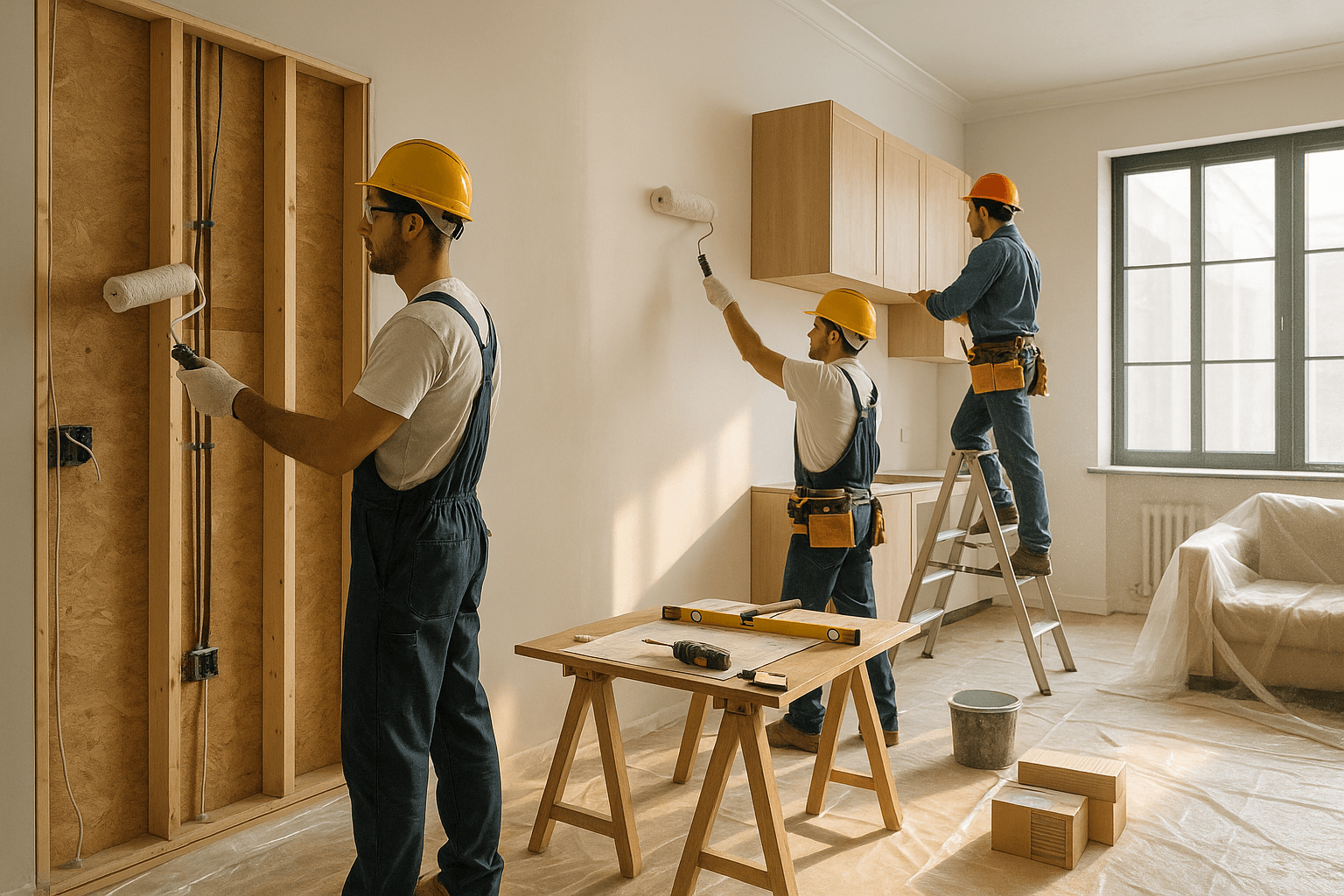
Thinking about refreshing your space? A well-planned renovation can boost comfort, efficiency, and resale value—without blowing your budget. This guide covers the essentials: how to set goals, prioritize rooms, plan timelines, and hire pros so your project runs smoothly from day one.
Set Clear Goals & a Realistic Budget
- Define outcomes: More storage, better light, higher resale, or lower energy bills.
- Budget with a buffer: Allocate 10–20% contingency for surprises (wiring, plumbing, moisture).
- Compare quotes: Get 2–3 line-item estimates (labor, materials, permits, disposal).
Home Renovation Services (Ads):
Prioritize Rooms & Sequence Work
- High-impact areas: Kitchen, bathrooms, windows, roofing, curb appeal.
- Smart sequencing: Demolition and rough-ins first; finishes last.
- Order early: Long-lead items (windows, cabinets) can delay timelines if not booked up front.
High-ROI Quick Wins
- Light, neutral paint; modern hardware; decluttered entry storage.
- LED layers (ambient/task/accent) with dimmers for comfort & mood.
- Water-smart fixtures; leak sensors; smart thermostat.
Energy Efficiency that Pays Back
- Insulation + air sealing; high-performance windows & weather-strip doors.
- Efficient appliances and low-flow taps/showers.
- Fix duct leaks; upgrade ventilation for better indoor air quality.
Timeline, Permits & Contractors
- Create milestones and allow a 10–15% time buffer.
- Confirm permits for structural, electrical, plumbing, and window work.
- Hire licensed, insured pros; tie payments to milestones with a clear scope.
Conclusion
Renovations work best when they’re planned around clear goals, a realistic budget, and smart sequencing. Start with safety and efficiency upgrades, then finish with the design touches that make the space feel like new. With the right plan and partners, your home can look better, work better—and be worth more.